The universe is vast and mysterious, filled with billions of stars and countless planets. It's hard to fully comprehend the vastness of the universe, but we have been able to explore and learn about many of the planets that exist within our galaxy. Below are some of the most notable and fascinating planets that make up our universe.
1. Mercury

Mercury is the closest planet to the sun, and it has a rocky surface that is heavily cratered. The planet is so close to the sun that temperatures on its surface can reach up to 800 degrees Fahrenheit during the day and drop to negative 290 degrees Fahrenheit at night. Due to its close proximity to the sun, Mercury takes only 88 days to orbit it.
2. Venus
Venus is often referred to as Earth's sister planet because of their similar size and composition. However, the similarities end there as the surface of Venus is hot, acidic, and inhospitable to life. Venus has a thick atmosphere composed primarily of carbon dioxide, which traps heat and causes surface temperatures to exceed 860 degrees Fahrenheit.
3. Earth
Earth is the only planet in our solar system with known life. It's also the only planet with abundant water, a protective atmosphere, and a climate that can support life. Earth is home to roughly 8.7 million species, including humans.
4. Mars
Mars is known as the "Red Planet" due to the iron oxide on its surface giving it a reddish-brown color. Mars is home to the largest volcano in the solar system, Olympus Mons, and has the deepest canyon in the solar system, Valles Marineris. Mars also has a thin atmosphere and little magnetic field, which makes it vulnerable to solar winds and radiation.
5. Jupiter
Jupiter is the largest planet in our solar system. It has a thick atmosphere made up of hydrogen and helium and is known for its iconic storm, the Great Red Spot, which has been raging for centuries. Jupiter has over 70 moons, including Io, Europa, Ganymede, and Callisto.
6. Saturn
Saturn is known for its magnificent rings, which are made up of ice particles and small rocks. Saturn is the second-largest planet in our solar system and has the most extensive planetary ring system. Saturn is also home to over 80 known moons.
7. Uranus
Uranus is the third-largest planet in our solar system, and it's unique in that it rotates on its side. Uranus is also known for its faint rings and has 27 known moons.
8. Neptune
Neptune is the fourth-largest planet in our solar system and is known for its vivid blue color. Neptune has a series of faint rings and 14 known moons. One of its most notable features is the Great Dark Spot, a massive storm that was observed on the planet's surface in the late 1980s.
9. Pluto
Pluto is a dwarf planet located in the Kuiper Belt, a region beyond Neptune that is filled with icy objects. Pluto was once considered the ninth planet in our solar system but was reclassified as a dwarf planet in 2006. Pluto has a cold and rocky surface with five known moons, including Charon, which is nearly half the size of Pluto itself.
In conclusion, our universe is full of fascinating and unique planets that continue to capture our imaginations. From the closest planet to the sun to the farthest dwarf planet in our solar system, each planet offers a glimpse into the diversity and beauty of the cosmos.

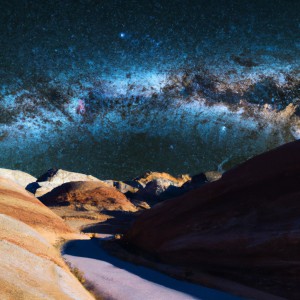
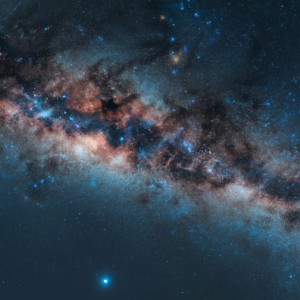



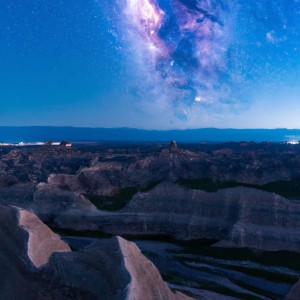


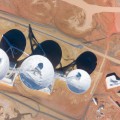
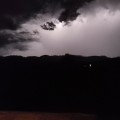


评论